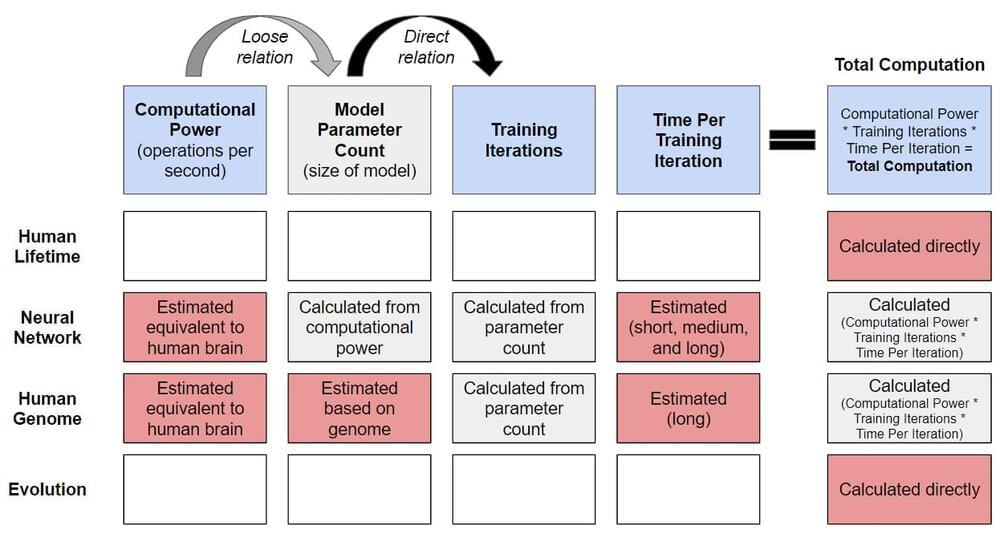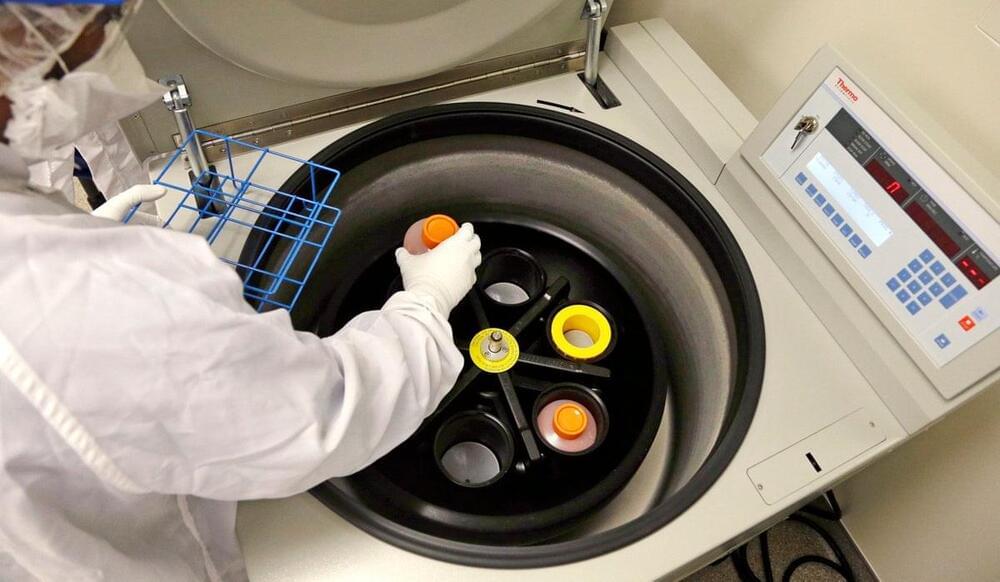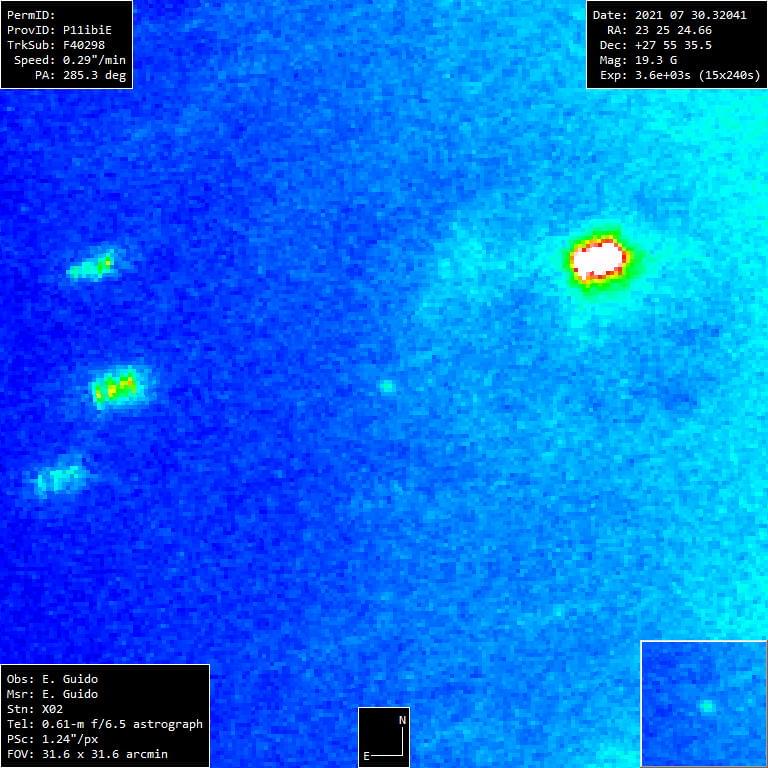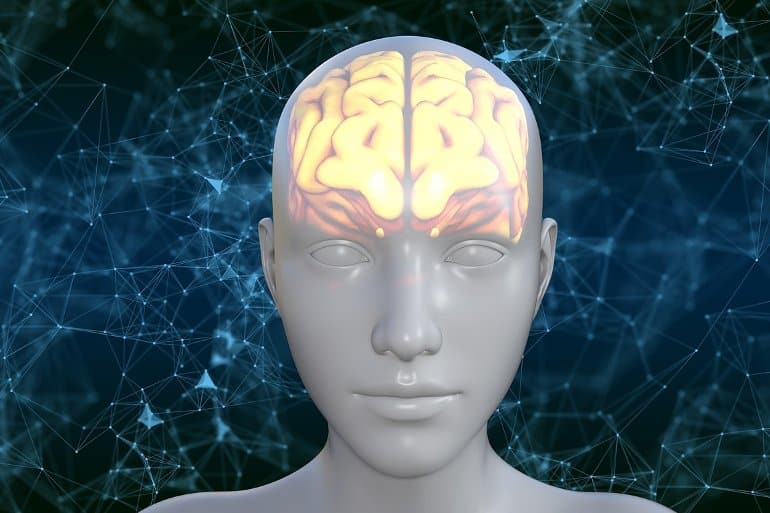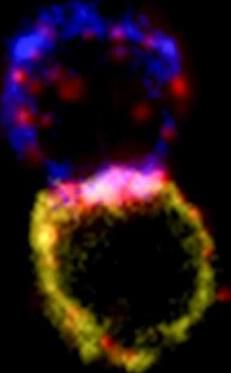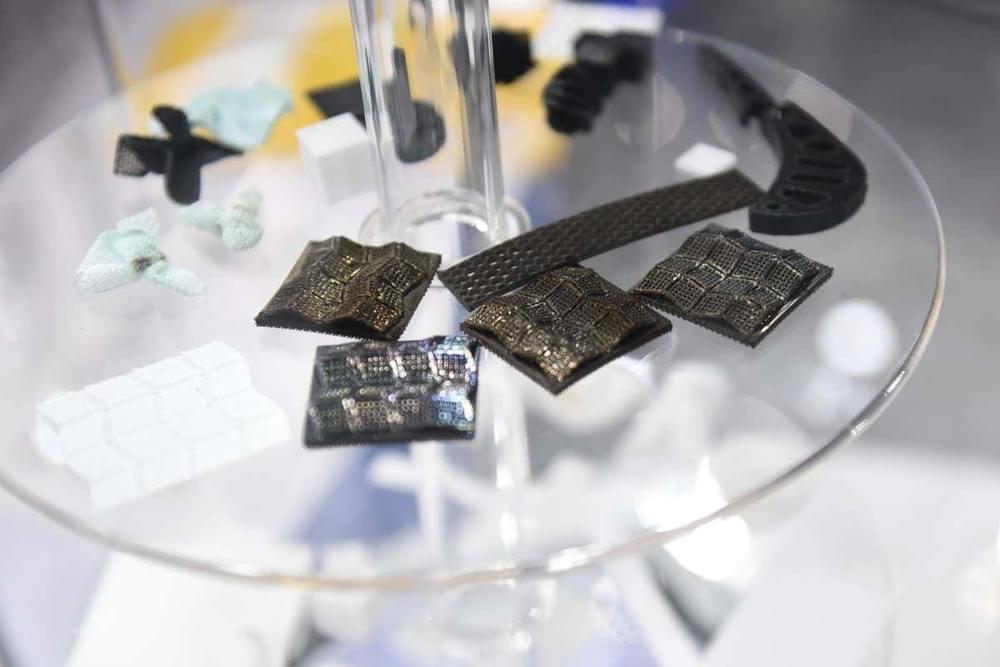With the massive degree of progress in AI over the last decade or so, it’s natural to wonder about its future – particularly the timeline to achieving human (and superhuman) levels of general intelligence. Ajeya Cotra, a senior researcher at Open Philanthropy, recently (in 2020) put together a comprehensive report seeking to answer this question (actually, it answers the slightly different question of when transformative AI will appear, mainly because an exact definition of impact is easier than one of intelligence level), and over 169 pages she lays out a multi-step methodology to arrive at her answer. The report has generated a significant amount of discussion (for example, see this Astral Codex Ten review), and seems to have become an important anchor for many people’s views on AI timelines. On the whole, I found the report added useful structure around the AI timeline question, though I’m not sure its conclusions are particularly informative (due to the wide range of timelines across different methodologies). This post will provide a general overview of her approach (readers who are already familiar can skip the next section), and will then focus on one part of the overall methodology – specifically, the upper bound she chooses – and will seek to show that this bound may be vastly understated.
Part 1: Overview of the Report
In her report, Ajeya takes the following steps to estimate transformative AI timelines:
